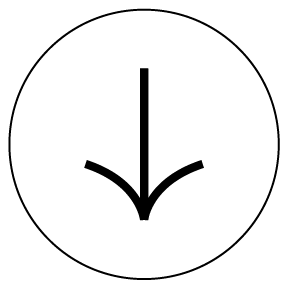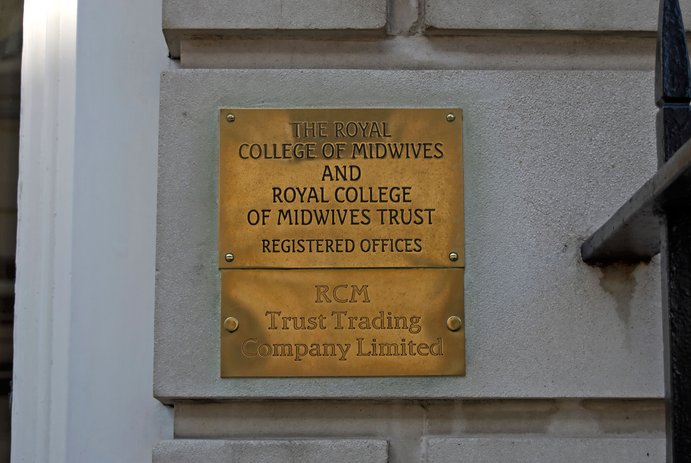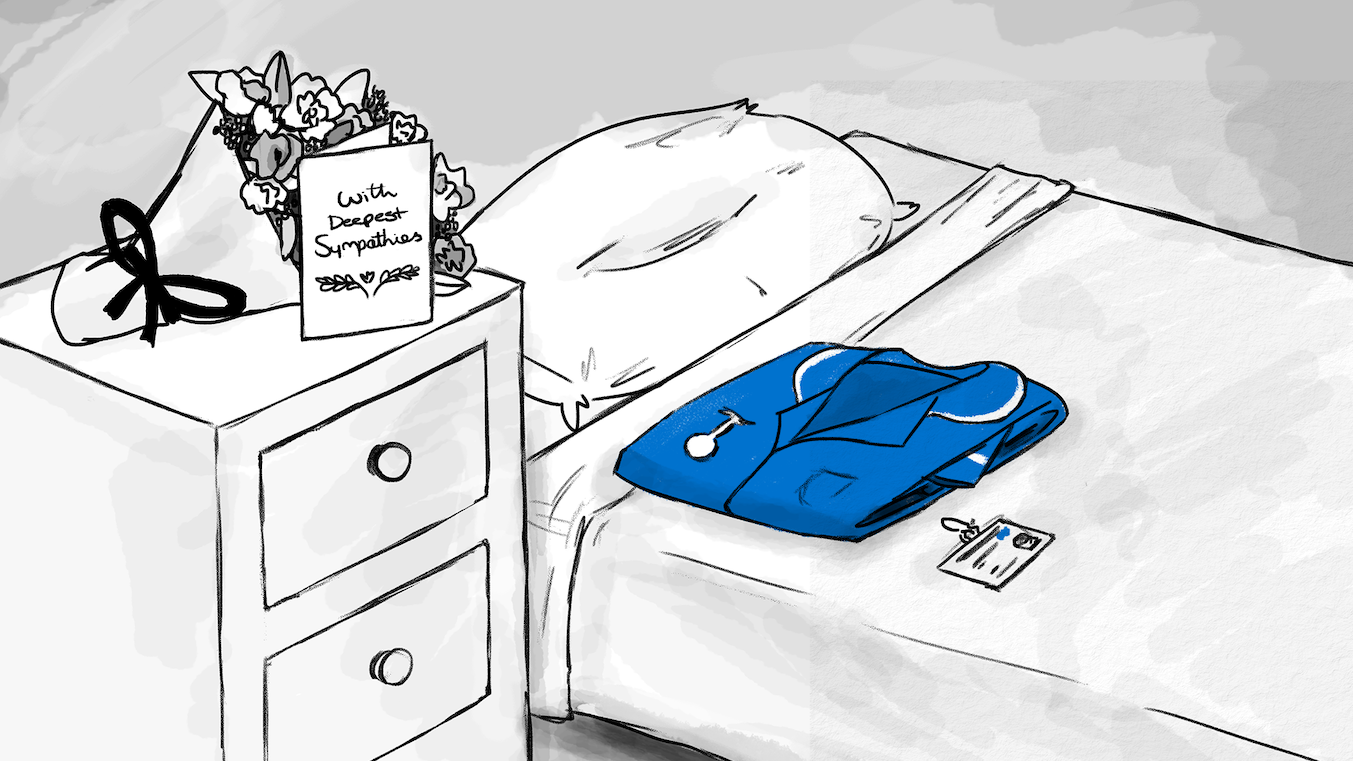For couples experiencing infertility, or for those in same-sex relationships, IVF is a well-trodden route into parenthood. NHS funding for the procedure is a postcode lottery decided by local authorities, and with reams of specific criteria to meet - with no guarantees of success - it is not an easy process for anyone. But for Black women and birthers, this already difficult system is even more fraught.
Speaking to The Lead, Black and mixed-race women who have attempted NHS IVF treatment over the last few years, paint a worrying picture. They report exclusion at every turn, with posters and medical literature overwhelmingly depicting white families, widespread negative stereotypes with Black women assumed to be single mothers, or labelled as ‘angry’ or ‘aggressive’ for speaking up for themselves, a generalised lack of support, and a trend of pain being underplayed or dismissed. And just like Black women on any maternity journey in the UK, they face a significantly higher risk of dying in the process - almost four times higher than white women, according to an Oxford University study.
These problems in the treatment process bleed into the results. A report from the Human Fertilisation and Embryology Authority [HFEA] released late last year, revealed significant differences by ethnic group in the use and outcomes of fertility treatment. While the average IVF birth rate per embryo transferred has increased across all groups, Black and Asian patients aged 18-37 had the lowest birth rates (23% and 24% respectively) compared to white patients (32%) in 2020-21.
"We are concerned that the data shows Black, Asian and ethnic-minority patients are left behind.”
The report also highlighted disparities in the age patients start treatment. Black patients in heterosexual relationships started fertility treatment about a year later than other ethnic groups, at 36 - a year younger than Carly was when she had her child. A year might not sound like much, but age is a critical factor in treatment success rates. The report suggests this may be due to barriers to access, slow referrals, or even social stigma.
“We know fertility declines with age, and we are concerned that the data shows Black, Asian and ethnic-minority patients are left behind,” says Dr Geeta Nargund, a member of HFEA and lead consultant for reproductive medicine at St George's Hospital NHS Trust.
“Age is a key factor in success rates. However, the one-year difference in age alone doesn’t explain the almost 10% gap in birth rates for Black patients compared to white patients. This may be due to pre-existing health factors such as fibroids, but we know from the Royal College of Obstetricians and Gynaecologists that waiting lists are longer, which subsequently has a knock-on effect in having successful treatment.”
NHS-funded IVF cycles among patients under 40 in heterosexual relationships were found to have decreased across all ethnic groups, but funding decreased the most among Black patients, from 60% in 2019 to 41% in 2021.
Professor Nargund says the decline in funding may be partly explained by difficulty in accessing treatment, or delays in accessing tests and surgeries prior to starting treatment due to the pandemic.
“The fall in NHS-funded IVF cycles among Black patients also likely relates to changes to funding criteria or access to treatment in London, where 49% of the Black population in England and Wales lived in 2021,” she adds.
According to Nargund, these differences might also be due to regional funding criteria set by the devolved governments in Scotland, Wales and Northern Ireland, and Integrated Care Boards in England. “The availability of funding for IVF can range from no funding to three funded cycles, depending on location and eligibility restrictions, such as body mass index [BMI].”
These latest findings are consistent with similar reports the HFEA has published over the last ten years. In 2014-2018, for Black patients aged 30-34, the birth rate per embryo transferred was on average 23% compared to white patients at 30%. A decade on, this stark disparity is almost exactly the same.
A multi-pronged issue
There are various intersecting problems that contribute to unequal outcomes for Black women in fertility treatment. As well as socioeconomic factors, with Black women more likely to be living in poverty and therefore less able to pay for multiple treatments, there are also a multitude of other health inequalities to navigate - Black women are more at risk of STIs, fibroids, endometriosis (for which they wait even longer for a diagnosis than white women), pelvic inflammatory disease, and are diagnosed with certain cancers later - all of which can impact the success of IVF.
“These different factors are coming at Black women from all directions,” says Helen George, a psychotherapist currently completing a PhD on Black women’s experiences of infertility. “This is not a single issue, and no one cause can be viewed in a vacuum. There are always multiple issues working against Black women.”
For Helen, one of the key things that contributes to the unequal outcomes of fertility treatments for Black women is the continued use of BMI as a health metric - a practice that has long been recognised as both defunct and racist by many health experts.
"Black women tell me they don’t feel listened to. They don’t feel seen. There is stigma and shame, and their cultural identities are frequently not taken into account by health professionals.”
“BMI is being used to rule people out of fertility treatment, and yet it is an index that was developed through a Eurocentric lens,” Helen explains. “Black women are being told that they are obese and too unhealthy for IVF using a measurement that doesn’t even work for their bodies.”
While NICE guidelines do not explicitly rule out providing IVF for women with obesity, it does suggest patients should “ideally be in the range 19–30 kg/m2 before commencing assisted reproduction” and some of the groups that control funding of IVF at a local level have used this to impose their own restrictions.
Navigating all of these additional and sometimes arbitrary barriers takes a toll. Fertility treatment is mentally exhausting for anyone, but for Black women, wading through a system that is specifically hostile towards them, their need for psychological support is immense. And currently, the help that is on offer is not up to scratch.
“In terms of the actual IVF, the procedure is traumatic. It can be really painful,” says Helen. “Then you have the two-week wait to see if it worked, which is just the most awful thing women have to go through - they're just moving in and out of hope and despair.
“This is on top of the trauma of their infertility, the fact that they cannot conceive, or if treatment keeps failing time and time again, and getting themselves into debt, in some cases losing everything. The Black women I work with tell me they don’t feel listened to. They don’t feel seen. There is stigma and shame, and their cultural identities are frequently not taken into account by health professionals.”
Being Black and queer
Caprice Fox is a Black, queer woman in a same-sex relationship. She and her wife ended up going private in order to conceive because of the endless hoops they felt they were being made to jump through for the NHS.
“The system is not set up for queer families,” Caprice tells The Lead. “We were being given questionnaires designed for hetero couples. They asked us how long we had been trying for a baby. Well try as we might, we knew that wasn’t a possibility for us.”
Caprice, who lives in Bristol, says she and her wife were asked to prove they had been trying for two years - which wasn’t possible - and they had to have evidence of six failed private attempts at IVF, which they couldn’t afford. In fact, the fertility treatment referral criteria for Bristol, North Somerset and South Gloucestershire Clinical Commissioning Group [BNSSG] says same-sex couples must have had insemination on at least 10 cycles at an HFEA licenced centre, over a period of two years, “that has failed to lead to a pregnancy.” They add that same-sex couples should also have discussed “the possibility of the other partner trying to conceive before proceeding to interventions involving the sub-fertile partner”.
Due to these convoluted criteria, Caprice felt they had no option but to go private, a choice that isn’t even on the cards for many couples.
“The NHS felt incredibly rigid,” she adds. “Our needs were simply not being met. It felt like such a prejudiced system and we were trying so hard to be part of it, it just didn’t make sense. It certainly didn’t feel like a safe space for us, especially when we started looking up stats around Black maternal mortality.”
Data consistently shows alarmingly higher rates of maternal and baby deaths among Black and Asian women, compared to their white counterparts. In the UK, Black British mothers are up to four times more likely than white mothers to die during pregnancy or within the first six weeks after childbirth. The risk of dying from pregnancy-related causes is three times higher for mothers of mixed ethnicity and twice as high for women of Asian ethnicity.
A spokesperson for NHS Bristol, North Somerset and South Gloucestershire ICB said: “Our infertility treatment and preservation policy is designed to enable access to support for as many people experiencing infertility problems as possible within available resources.
“The policy was developed following extensive engagement with local clinicians and stakeholders, with input from regional and national organisations and is consistent with guidance from National Institute for Health and Care Excellence.”






